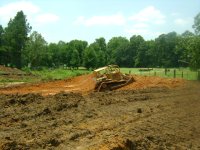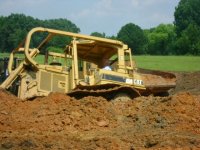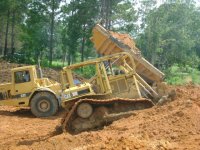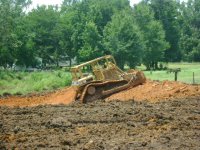I had a second pond dug into my property, the first had/has issues.
After speaking with a number of people (Professionals in our area) they eluded to the fact that if you dig the pond too deep into the ground and hit rock that you'll never get it to stop leaking...... I hope this isn't your issue. My lower pond, without adding lime or bentonite, sealed itself in about 9 months (The part that leaked was the actual dam face since the pond was cut into a wide gully.
In the past 6 months or so I've been taking a small portion of our stream and having it pumped into the upper pond (The one with problems). That additional water source brought a lot of organic material/s into the pond. With this change the pond is leaking less and doesn't go dry in summer and I'm starting to see algae, frogs, dragon flies and other plant matter slowly starting to develop which is helping to further sealing the pond (I notice that less water is needed to keep it full).
As far as clarity of the water, I think that kinda depends on your area (from what I've seen). Runoff can make it suddenly cloudy and then in about a week it would settle and clear (in TN), but further south (TX) my pond waters would never clear unless I added lime and brought the pH up to around 9. It could be that your runoff is what's making it cloudy (Hard to know without studying it a bit).
Culvert -- I added a 8" pipe into the face of the dam to handle the runoff. It was cheaper than repairing the dam face if it overflowed and cut into the soil.










